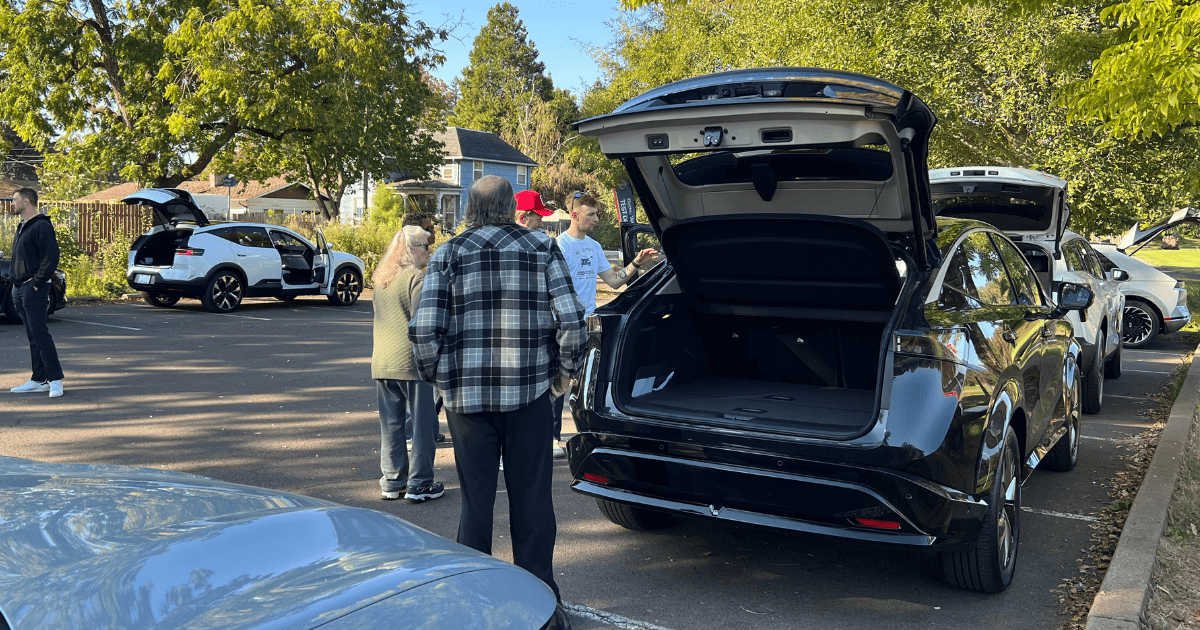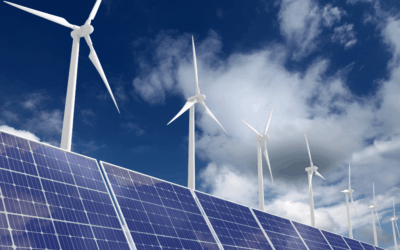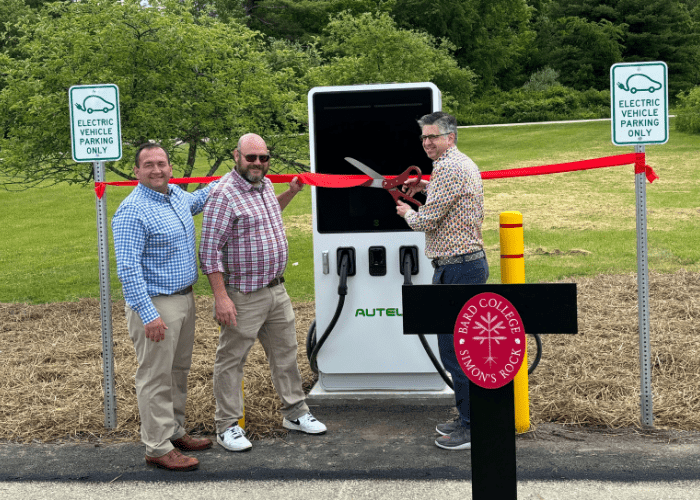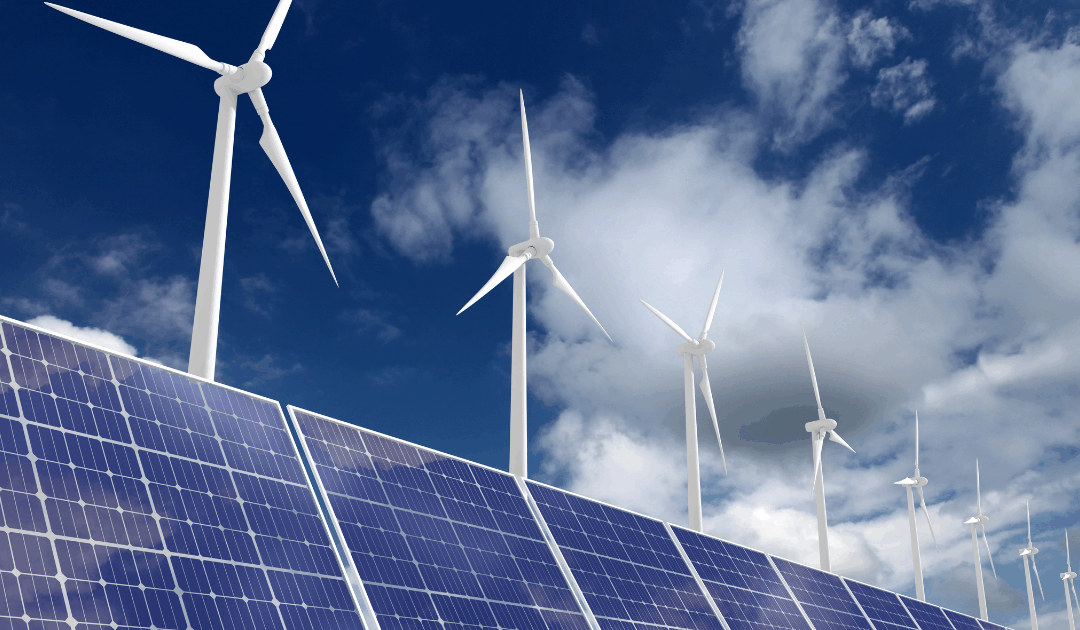China’s recent rise to the top of the global auto export market is nothing short of extraordinary. Just 20 years ago, car ownership in China was rare, and its automaking capacity was limited. Today, China outproduces and exports more cars than any other country—a transformation driven by its strategic, long-term commitment to vehicle electrification.
As the global energy and automotive landscapes shift rapidly, US communities have a choice: wait for federal policy to catch up—or take the lead locally. Our decisions today will determine whether our communities remain competitive and thriving in the years to come.
China’s success wasn’t accidental. It was built on strategic government investment, forward-thinking leadership, and control over critical supply chains. Starting over 15 years ago, China prioritized reducing its dependence on imported oil and making EVs a national focus. Leaders directed more than $230 billion into the EV and battery sectors through subsidies, low-interest loans, tax breaks, and access to cheap land and energy.
These investments paid off. Thanks to China’s dominance over the battery supply chain, Chinese brands now manufacture EVs at costs 30% lower than their global competitors. Today, half of China’s car buyers choose battery electric or plug-in hybrid vehicles, and Chinese automakers are rapidly expanding into global markets. China’s ability to produce cars at scale, combined with its technological advancements, ensures its dominance in the global auto market will continue.
So, what does this mean for communities in the US?
With China leading the way in vehicle electrification and federal policy still catching up, local action is critical. Communities that embrace electrification now will be better positioned to compete globally and attract clean energy investment.
The challenge isn’t just about building EV infrastructure—it’s about creating a supportive ecosystem for innovation, workforce development, and sustainable economic growth. Here are a few key areas where communities can lead:
- Partnering with Automakers and Suppliers: Collaborate with automakers to establish local supply chains and EV production hubs.
- Workforce Development: To prepare local workers for the future, invest in training programs for EV technicians and other clean energy jobs.
- Policy Advocacy: Work with state and local governments to implement incentives for EV adoption and clean energy investments.
The transition to electrification isn’t a distant goal—it’s happening now. China’s rapid growth in the EV sector shows how quickly markets can change, and communities that act now will have a competitive edge. As the global economy shifts, US regions risk falling behind without strong local leadership.
The good news is that communities that come together can create innovative solutions and seize the opportunities presented by electrification. There is no shortage of ways to get involved, whether through public-private partnerships, infrastructure development, or workforce training programs.
At REACH Strategies, we believe in the power of local leadership to drive big change. We’re here to help communities take the lead on vehicle electrification and build sustainable, competitive economies.
Let’s work together to shape the future. Are you ready to start the conversation? Reach out, and let’s make it happen.







